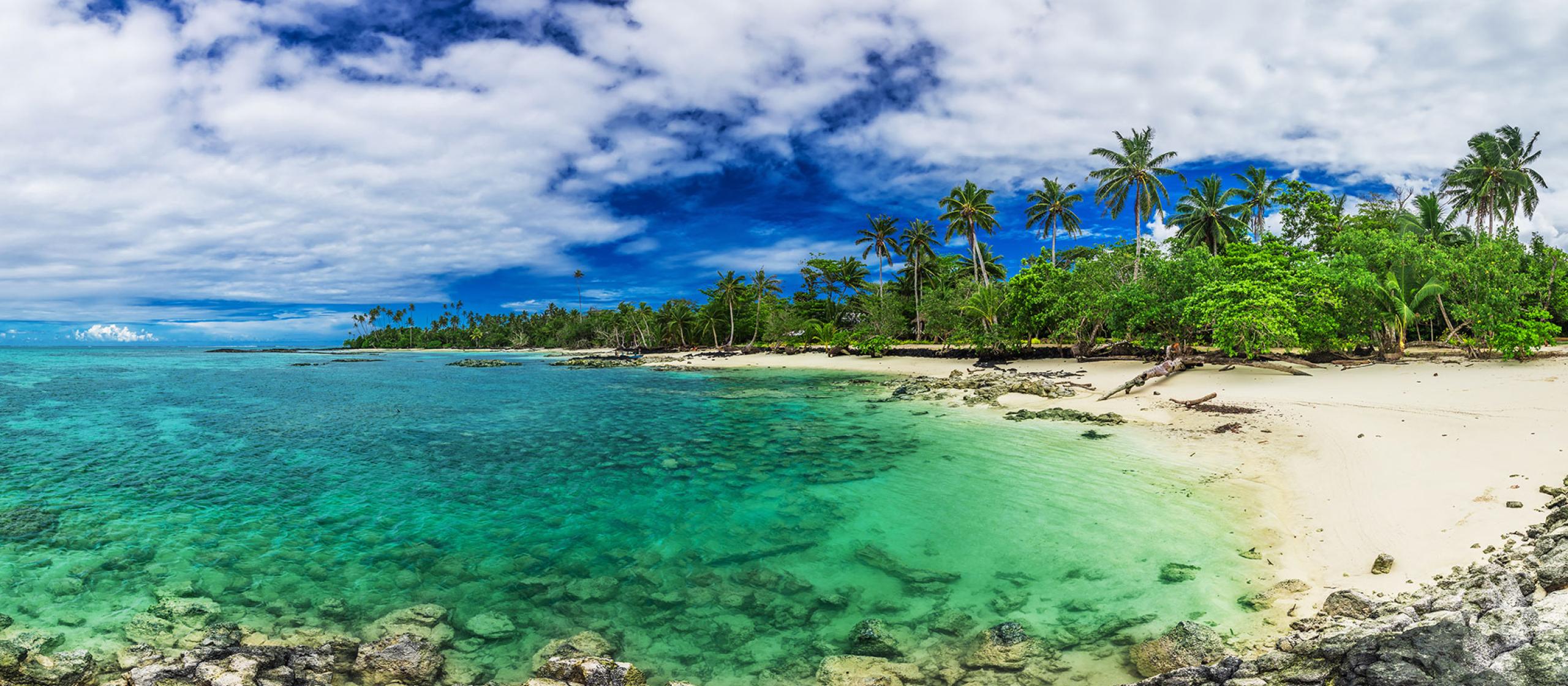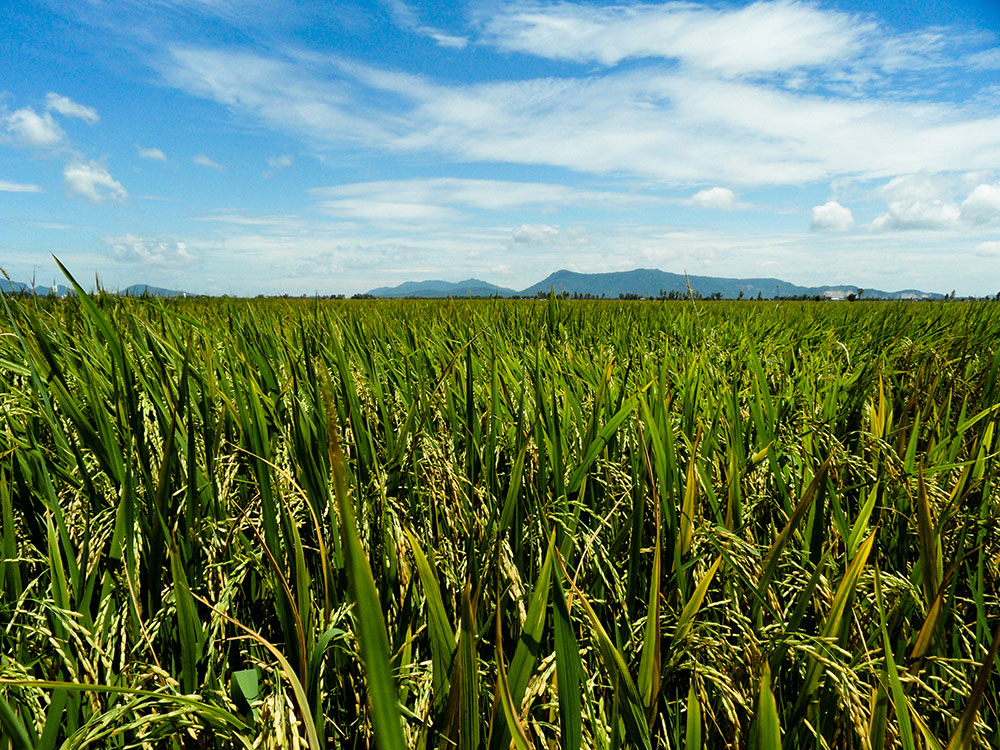- HomeHome
-
About ACIAR
- Our work
- Our people
-
Corporate information
- ACIAR Audit Committee
- Commission for International Agricultural Research
- Policy Advisory Council
- Agency reviews
- Executive remuneration disclosure
- Freedom of information (FOI)
- Gifts and benefits register
- Information publication scheme
- List of new agency files
- Contracts
- Legal services expenditure
- Privacy impact assessment register
- Commonwealth Child Safe Framework
- Benefits to Australia
- Careers
- 40 years of ACIAR
-
What we do
- Programs
- Cross-cutting areas
- Resources
- Where we work
-
Funding
- Research projects
- Fellowships
-
Scholarships
- John Allwright FellowshipScholarships to study in Australia for ACIAR partner country scientists to have Australian postgraduate qualifications
- ACIAR Pacific Agriculture Scholarships and Support and Climate Resilience Program
- Alumni Research Support Facility
- Publications
- News and Outreach
Date released
22 March 2021
Among the most significant global challenges in 2021 are two needs that could be seen as competing: feeding an increasing population and at the same time combatting climate change by reducing greenhouse gas emissions.
The Global Research Alliance on Agricultural Greenhouse Gases (GRA) is a unique collaboration that brings countries together to find ways to grow more food without growing emissions.
The GRA has 64 member countries from all regions of the globe, and more than 20 partnerships with key international and regional organisations responsible for research and disseminating knowledge to policymakers, the science community and farming leaders. About 3,000 scientists are involved in GRA-related activities.
Members of the GRA aim to deepen and broaden mitigation research efforts across the agriculture sectors of paddy rice, cropping and livestock, and to coordinate cross-cutting activities for these areas, including promoting synergies between adaptation and mitigation efforts.
New Zealand provides the secretariat for the GRA. Mr Hayden Montgomery, from the New Zealand Agricultural Greenhouse Gas Research Centre, is the GRA Special Representative. Based in Uruguay, his role is to act as an ambassador for the Alliance. ‘Agriculture plays a vital role in achieving food security, poverty reduction and sustainable development,’ says Mr Montgomery.
‘At the same time, the sector is also impacted by climate change and is a significant source of greenhouse gases.
‘Despite the challenges, there are many opportunities to reduce emissions and increase carbon sequestration by improving the efficiency and productivity of agricultural systems through better management practices and technologies.’
Building and sharing knowledge to accelerate these opportunities is where the GRA comes in.
‘The GRA is not a bricks-and-mortar organisation,’ says Mr Montgomery.
‘It has no resources of its own to yield or wield, relying solely on the contributions of members and partners. However, it provides the space for research groups and networks to identify the highest priorities shared by members and find concrete research or capability-building activities to meet those needs.'
‘It’s a forum to clarify the priorities and advance those over time.’
Research focus
Because the GRA has such a broad membership, its strength is in being able to address questions that can only be answered by large data sets and by drawing on variability in agricultural systems, learning from that variability and pooling data that no single country could do on its own, according to Mr Montgomery.
‘We really look for big flagship projects that draw on many participants to unlock questions that pretty much every country is struggling with on its own. This applies across soil, carbon, rumen microbiology, crops—everything. It’s a very challenging research area.’
The aim of the GRA’s four research groups is to develop breakthrough solutions in addressing agricultural greenhouse gas emissions. Work plans bring countries and partners together in research collaborations, knowledge sharing, use of best practices and capacity building among scientists and other practitioners.
The Livestock Research Group is focused on reducing the emissions intensity of livestock production systems and increasing the quantity of carbon stored in soils supporting these systems. In one major project, nearly 60 scientists from 14 research organisations across nine countries worked together to conduct a global rumen census on gut microbes in livestock. The results demonstrate that solutions to reduce methane emissions from ruminant animals are feasible, because the microbes causing the emissions are similar around the world. This data can be translated into interventions that are globally useful.
The Paddy Rice Research Group is working to find ways to reduce the emissions intensity of paddy rice cultivation systems while improving overall production efficiency. Trade-offs with emissions of nitrous oxide and changes in the quantity of carbon stored in paddy soils are also being considered.
The Croplands Research Group is looking for ways to sustainably increase production while limiting losses to the atmosphere of valuable carbon and nitrogen from crops and soils, and to transfer that knowledge and associated technologies to farmers, land managers and policymakers around the world.
The Integrative Research Group addresses cross-cutting issues relevant to the other three groups, including soil carbon, and modelling and measurement of greenhouse gases.
The collaborative work of the GRA has resulted in many scientific publications, including in high-impact journals. Making intellectual property open is a priority so that knowledge gained can be shared as widely as possible. Several resources are available via the GRA website.
International influence
Established research priorities extend beyond the GRA to influence the agendas of member countries. ‘We know that countries over time have aligned their national research budgets with GRA priorities and have explicitly written GRA into their national research calls,’ says Mr Montgomery.
‘Canada has stated that priority would be given to those projects aligning with GRA priorities. The European Commission built explicit reference to GRA networks into their calls.’
Participation in the GRA has also strengthened capability internally in member counties, encouraging them to get better organised, according to Mr Montgomery.
‘When countries participate internationally and become engaged in this agenda, it compels them to do their homework domestically.
‘They also build connections internally, particularly between agriculture and environment ministries. People from the same country come to a GRA event and meet colleagues for the first time. They develop relationships and break down the silos that so often exist—that’s so valuable.’
Hopes for Pacific inclusion
Australia has been a member of the GRA since its inception and is represented through ACIAR. In 2021, Australia takes on the role of Chair.
According to ACIAR Chief Executive Officer, Professor Andrew Campbell, one of Australia’s aims as Chair is to bring more Pacific island countries into the GRA.
‘On the global scale, Pacific island countries are not large emitters; however, forestry, agriculture and fisheries are relatively significant sources of emissions within their own economies,’ says Professor Campbell.
‘The rationale for the GRA to exist was for countries to share their expertise on how to reduce agricultural emissions. That’s more urgent now than ever.’
Professor Andrew Campbell
‘Many Pacific island leaders have pledged to reduce their emissions and are very interested in how they can achieve this—particularly where there are co-benefits of food security or better resource management.
‘At the end of the day, agricultural emissions are symptoms of a system that is leaking energy, carbon or nutrients. If we can develop more efficient or more productive farming systems that don’t leak, in theory we should be growing more food with the same inputs.’ The other priority for Australia is to look at the synergies between adaptation and mitigation, again with an eye on the Pacific as it experiences more extreme and intense weather events. This is indicative of a broadening of the GRA’s focus beyond reducing agricultural emissions.
‘Countries have to figure out the adaptation challenges, especially when they are getting hit very frequently by these events—it’s not optional,’ says Professor Campbell.
Australian researchers make a strong contribution to the Alliance, particularly in the areas of livestock methane emissions and soil carbon, according to Professor Campbell. Australian research organisations involved include:
- CSIRO
- University of Melbourne
- University of New England
- Australian National University
- Queensland University of Technology
Australia also stands to benefit from involvement in the GRA.
‘The GRA is a valuable mechanism to support our own national efforts to reduce emissions,’ says Charlie Prell, Chair of Australian advocacy group Farmers for Climate Action, which represents more than 5,000 farmers.
‘As well as sharing our expertise, we can learn from the work of other countries and keep across the latest international developments.’
Australia’s first duty as Chair will be to host the GRA annual council meeting from 23 to 25 March—the most important event on the GRA calendar. The meeting will be conducted online and showcase Australian work in emissions reduction through a series of videos.
Pressure increasing on agricultural emissions
‘If you look at the global emissions pie chart, the big slices are energy, transport and agriculture—which sit at around 15% of global emissions,’ says Professor Campbell.
‘With energy and transport now reducing emissions intensity due to the use of renewables, fuel efficiency and electric vehicles, agriculture is on track to be the largest emitting sector.
‘The technical challenges are formidable. We’re a long way from turning the corner in the emissions intensity of food production.
‘The rationale for the GRA to exist was for countries to share their expertise on how to reduce agricultural emissions. That’s more urgent now than ever. The value proposition has only intensified. Countries are increasing their ambitions and more pressure is coming to reduce agricultural emissions.
‘Countries are asking “How do we do it?” and they’re looking to neighbouring countries with strong technical capacity to help them.’
The GRA is well positioned to assist, Professor Campbell says.
‘The GRA is not political. It’s not about regional blocks or anything like that. It’s just about who has expertise in reducing emissions in agriculture.’
Key points
- The Global Research Alliance on Agricultural Greenhouse Gases (GRA) brings countries together to find ways to grow food without growing emissions.
- Agriculture is responsible for 15% of global greenhouse gas emissions—the GRA is looking to reduce this by developing and sharing solutions.
- Australia became Chair of the GRA in March, with a view to drawing more Pacific island countries to the Alliance.




